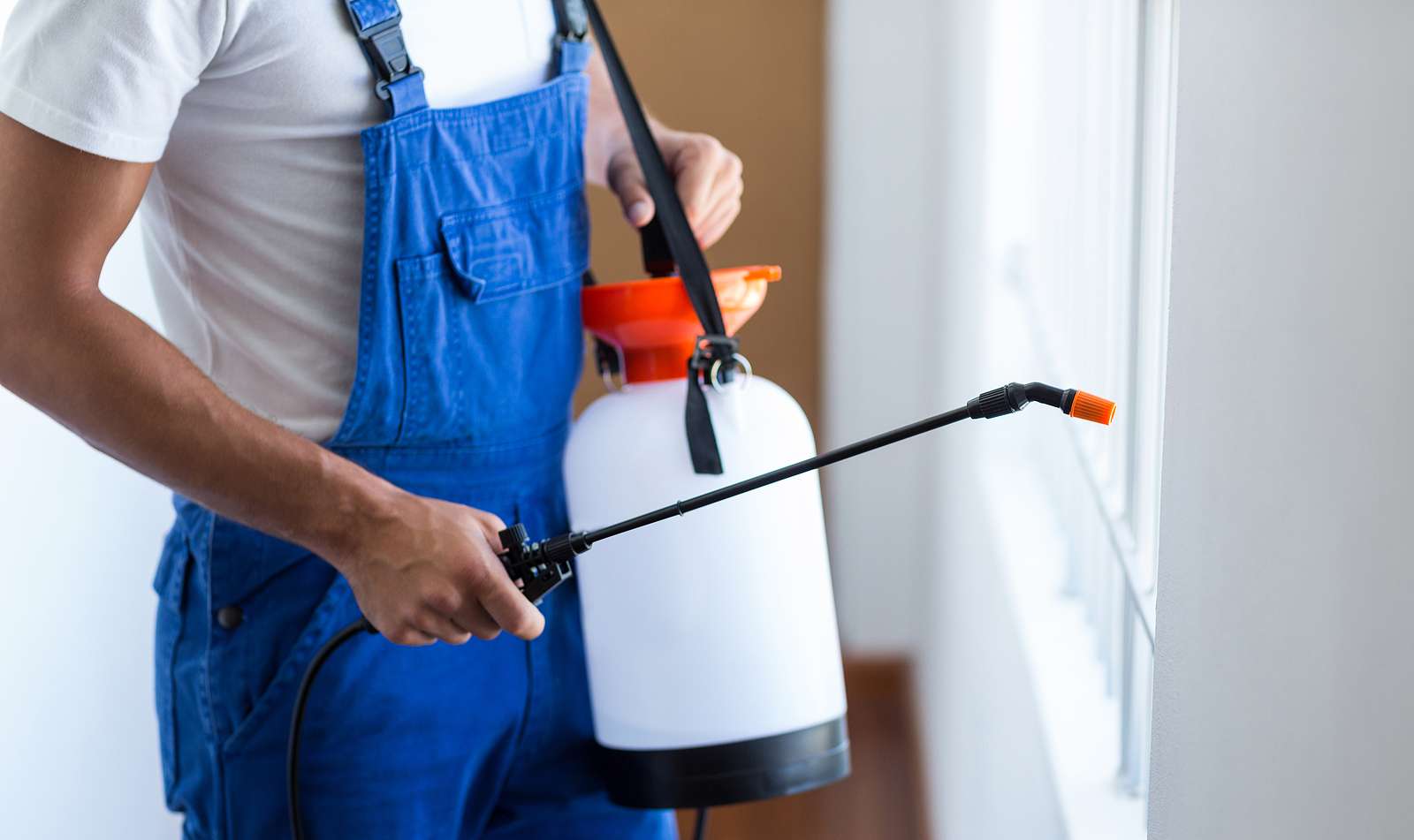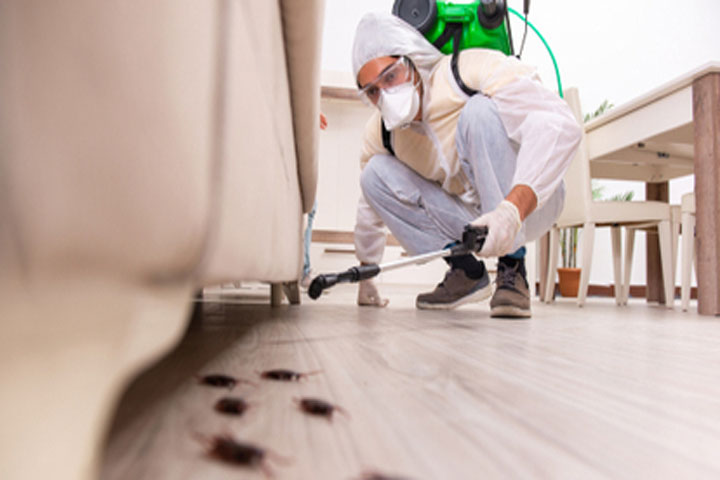Specialist Insect Control Techniques for Long-Term Outcomes
Specialist pest control methods envelop a thorough strategy that starts with a complete evaluation and analysis, followed by accurate insect identification to comprehend their behavior patterns. The execution of Integrated Bug Administration (IPM) principles, coupled with eco-conscious therapies, creates the foundation of sustainable parasite elimination.
Inspection and Evaluation
Upon going into a building for parasite control solutions, the preliminary step is an extensive inspection and assessment to determine the level of the problem and establish one of the most effective treatment strategy. Specialist parasite control technicians are educated to diligently examine the premises, searching for indications of parasite task such as droppings, nibble marks, nests, or any type of architectural damages. They will also evaluate the conditions that might be bring in insects, such as food sources, water leakages, or entrance points.

Pest Recognition and Behavior

Furthermore, understanding the behavior of the identified insect is essential to executing effective control steps. Recognizing where bugs nest, what they feed on, and their task patterns can aid pest control specialists create approaches to eradicate them effectively. Some bugs might be nighttime, while others are more active throughout the day. This expertise permits for the application of therapies at ideal times for maximum effectiveness.
Integrated Insect Management (IPM)
Integrated Insect Monitoring (IPM) methods combine several techniques to manage and prevent bug problems in a sustainable and eco-friendly way. bed bug treatment. By incorporating methods such as biological control, environment control, alteration of cultural methods, and making use of resistant selections, IPM aims to lessen making use of chemical pesticides
One of the vital principles of IPM is the emphasis on avoidance. This proactive strategy involves tracking parasite populations on a regular basis to find any type of potential issues prior to they rise. By determining pest issues at an early stage, pest control actions can be carried out swiftly and properly.
In addition, IPM promotes making use of safe bug control methods whenever possible. This can consist of utilizing all-natural killers of the insects, introducing valuable pests, or utilizing scents to interfere with mating patterns. By decreasing dependence see here on chemical pesticides, IPM not only safeguards the atmosphere but additionally aids keep an equilibrium in the community.
Environmentally-Friendly Treatments
Carrying out eco-conscious methods in bug control procedures can efficiently deal with infestations while prioritizing ecological sustainability. Environmentally-friendly therapies concentrate on reducing the impact of pest control methods on communities, non-target organisms, and human wellness. These approaches usually include making use of natural predators, such as ladybugs or nematodes, to control pest populaces, lowering the demand for chemical treatments. In addition, strategies like environment adjustment, such as adjusting moisture degrees or getting rid of food resources, can assist prevent parasites without making use of hazardous substances.
An additional secret aspect of environmentally-friendly therapies is making use of organic and naturally degradable products that damage down swiftly without leaving unsafe deposits in the environment. Agricultural pesticides derived from plants like chrysanthemums or neem provide efficient parasite control while presenting read minimal threat to non-target species. Employing techniques like heat treatments or pheromone catches can target specific parasites with accuracy, decreasing the total environmental influence of insect control practices.
Recurring Tracking and Maintenance
Continuous monitoring and maintenance are vital parts of efficient parasite control monitoring. Ongoing monitoring plays a vital duty in guaranteeing that parasite infestations are found early and handled immediately. Normal evaluations by qualified experts are needed to recognize any type of indicators of insect activity, evaluate the performance of previous treatments, and make adjustments to the pest control plan as needed. By checking bug populaces gradually, insect control experts can track trends, prepare for possible problems, and execute precautionary steps to minimize the risk of future infestations.
In enhancement to tracking, upkeep methods are vital for lasting pest control success. This consists of implementing correct sanitation measures to get rid of prospective food and water sources for parasites, sealing access points to prevent bugs from getting in the premises, and addressing any architectural problems that can promote parasite invasions (Pest control Washington DC). By integrating continuous monitoring and maintenance into an incorporated parasite administration strategy, companies can make sure a pest-free setting and safeguard their building against expensive damage and wellness dangers
Conclusion
In conclusion, utilizing professional pest control techniques such as extensive examination and analysis, exact bug recognition and understanding of their habits, integrated insect management techniques, environmentally-friendly treatments, and recurring surveillance and upkeep are crucial for attaining lasting cause bug control. By click to read executing these methods, individuals can effectively take care of parasite infestations and preserve a pest-free environment in a sustainable way.